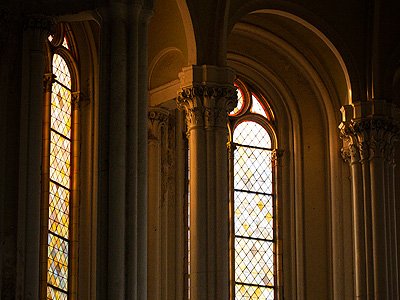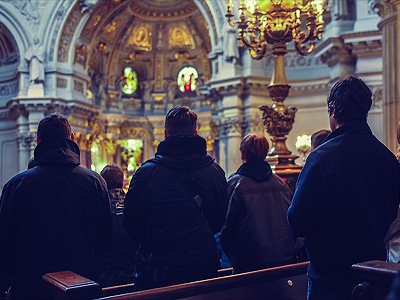Faith on the Avenue
If you haven’t yet, pick up a copy of Katie Day’s Faith on the Avenue. It’s an interesting look at religion on one long street — Germantown Avenue — in Philadelphia, Pennsylvania. She looks at the role of community ecology on religious organizations in a number of ways. She outlines it this way:




